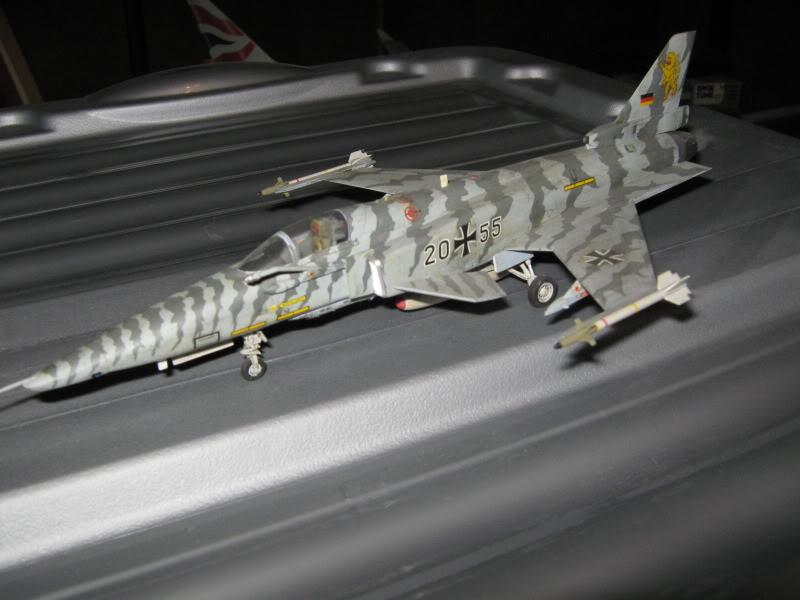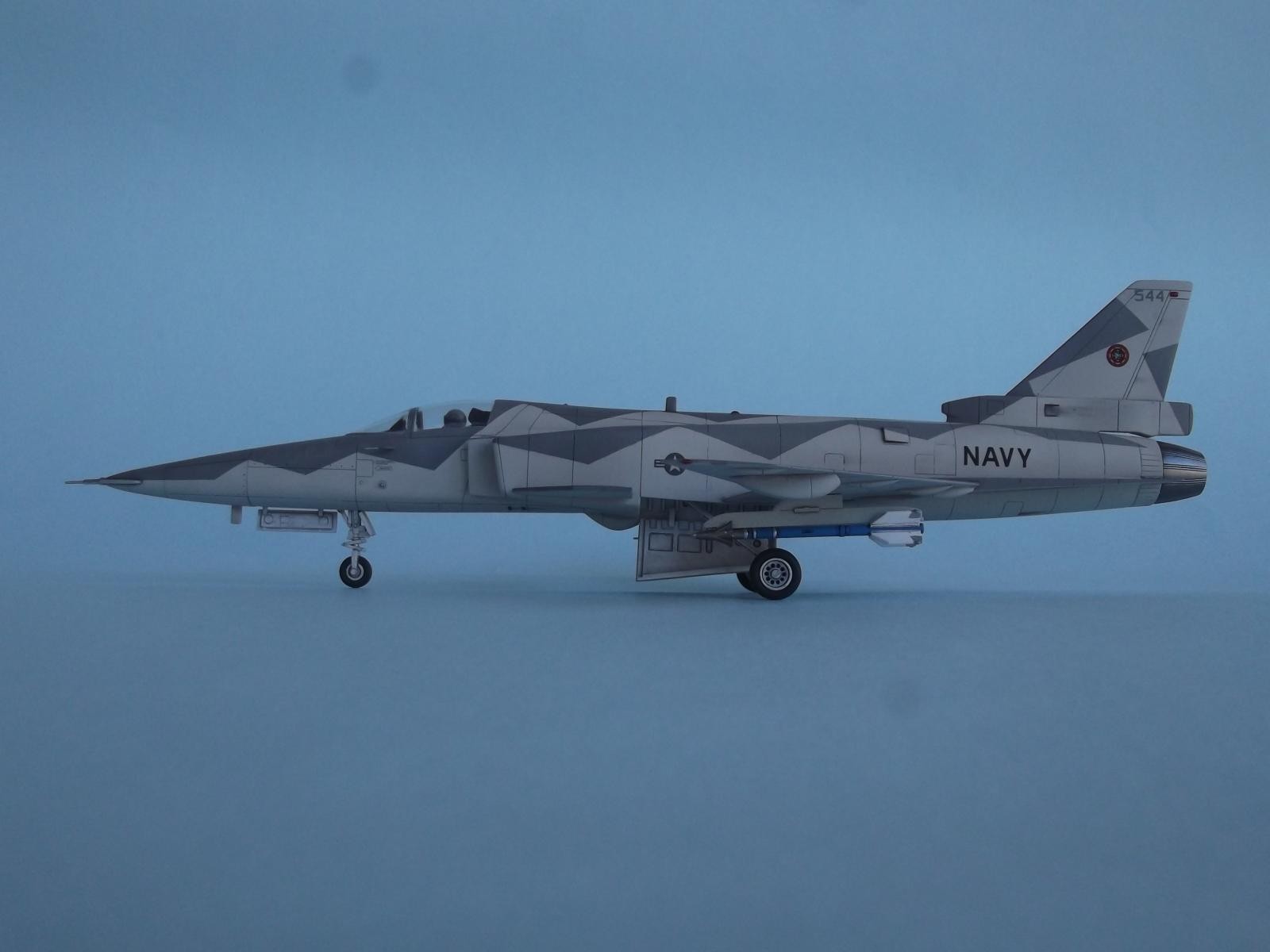- Joined
- 29 November 2010
- Messages
- 1,720
- Reaction score
- 3,280
So near the end of the Carter administration, the FX was proposed as Carter didn't want to export the latest and best and wanted instead. sell modern F-5 type of aircraft to foreign countries.
This resulted in the F-5's evolved evolution, the F-20. But in real life, Reagan eventually relaxed the exports, the F-16 was sold and the F-20 disappeared.
So what if in this alternative history, another "evolved F-5" with an F404 engine, was offered for export. the X-29!
Either
A. the X-29 competed directly against the F-20 for the FX to export to foreign countries (perhaps unlikely since the X-29 used alot of Nothrop parts)
B. Northrop never developed the F-20 and instead, worked with Grumman to together, propose the X-29. Perhaps against the F-16-79
For this to happen timeline wise either
1. Grumman proposed this a few years earlier to meet Carter's announcement
or
2. Reagan kept the FX and export restrictions instead of relaxing it.
what countries would be interested in it?
How do you think it would perform? especially as a light weight, frontline fighter like the F-5 was
Could it compete against the Gripen or early F-16s?


This resulted in the F-5's evolved evolution, the F-20. But in real life, Reagan eventually relaxed the exports, the F-16 was sold and the F-20 disappeared.
So what if in this alternative history, another "evolved F-5" with an F404 engine, was offered for export. the X-29!
Either
A. the X-29 competed directly against the F-20 for the FX to export to foreign countries (perhaps unlikely since the X-29 used alot of Nothrop parts)
B. Northrop never developed the F-20 and instead, worked with Grumman to together, propose the X-29. Perhaps against the F-16-79
For this to happen timeline wise either
1. Grumman proposed this a few years earlier to meet Carter's announcement
or
2. Reagan kept the FX and export restrictions instead of relaxing it.
what countries would be interested in it?
How do you think it would perform? especially as a light weight, frontline fighter like the F-5 was
Could it compete against the Gripen or early F-16s?


